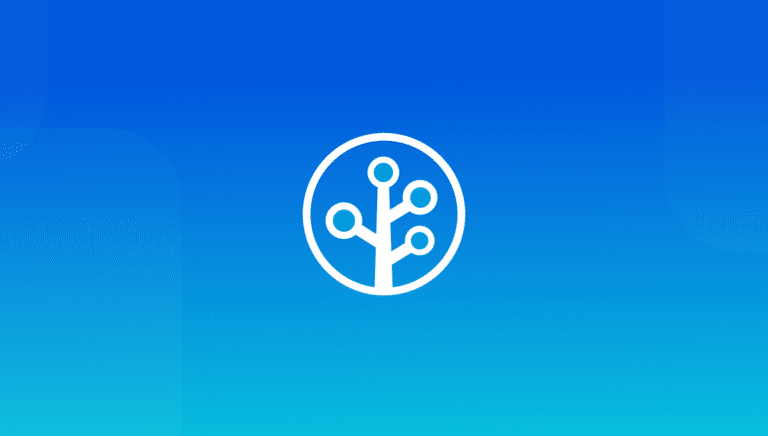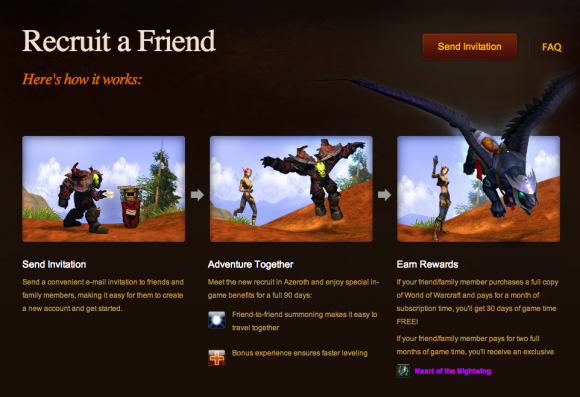Every big mobile app owes its early success to its organic and viral growth, not its paid user acquisition. Paid campaigns are a great way to complement the successes enjoyed by your app’s more organic marketing initiatives (once you can afford them, that is). Especially in the early days of your app, there are few better ways to grow a loyal mobile community than by encouraging your existing users to engage their friends in what they love most about your product and rewarding both parties in the process through a solid referral rewards program.
We’ve looked at some of the most successful mobile referral programs in history, distilled a few common themes, and laid them out into some helpful tips below.
Blur the Lines Between Content Sharing and Referrals or Invites
Try to think of in-app content sharing and referral invites as one in the same. The best way to ensure new users coming in through referrals are engaging with your app is by driving them directly to the content that was originally shared with them using a deferred deep linking SDK like Branch. In enabling deferred deep linking, shared content becomes an invite for new users to engage in your app’s experience, as opposed to an invite to download some anonymous app on their phone whose benefit or use remains uncertain. Be sure to include a call to action in your shared content links that give users an idea of what they are being invited to view. Use something like “John has invited you to join his reservation this evening at Nopa on the OpenTable app” instead of “John has invited you to download the OpenTable app”
Bake Content Sharing into the Fabric of Your App
Too many apps bury their invite or sharing functionality deep within some rarely visited corners of their app, like the user profile page, or restrict the sharing option to a select few features. Help your users help you by enabling content sharing and invites on every page of your app’s storyboard, and more importantly, make it easy to do. There is no way to predict with certainty which aspects of your app will fuel viral growth unless you allow users to engage their friends in any content or functionality they find compelling. Your users share interests and tastes with their facebook, twitter, and phone contacts. Therefore, allowing your users to share any content they find exciting via social media, email, or sms is one of the most complete and effective targeted marketing campaigns you can run.
Instagram and Vine both became two of the fastest growing apps in history by making third-party platform sharing a default option anytime someone chooses to post content.
Make your referral incentives related to the service your app provides.
- If you are a restaurant deals app, odds are your users are interested in restaurant deals. If you are a shoe retailer, odds are…well you get the idea. The point is, the optimal reward for any app is the core feature of the app itself. Get creative with your referral incentives by offering rewards directly related to the lifeblood of your app. They are more likely to interest your user, they ensure there is further in-app engagement from that user, and they are cheaper and more scalable than monetary incentives. Dropbox grew its user base 40X over in 2010 by offering free storage GB’s as referral rewards, not discounts on subscription fees.
- Also, be sure to sell the reward you are offering when convincing your users to invite their friends to user your app. Use phrases like “Get 20 Gold Coins Now and Invite a Friend to Join!” instead of “Invite a Friend”.
- Take it to the next level by gamifying your referral incentives program. Set regular goals for your users in terms of new users onboarded, award them added incentives when they meet their goals, and visually communicate their success with something like a progress bar.
Mobile games have always understood that users are interested in product-relevant rewards. World of Warcraft, the most popular video game of all time, encourages user-get-user behavior and community building by rewarding referrals with exclusive actions like “friend-to-friend” summoning, which more easily allows referred and referring parties to explore and play the game together.
Track, Optimize, and Repeat
- The continued success of your apps’ organic growth initiatives will ultimately depend on how well you can track who your biggest influencers are in terms of new user acquisition and your ability to interpret that data to pull out actionable insights. The manual referral codes you see used by some of today’s most popular apps like Uber are a good first step towards collecting data on your app’s referral landscape, but much of the real information on who is fueling your app’s growth gets lost because people simply don’t take the time to punch in a 7 digit code, even when incentivized. Try using a deferred deep linking technology that will automatically trace any invite or shared links and their subsequent installs back to the user who is sharing them. This will provide you with 100% accurate growth data including what content is being shared by which users to drive how many installs through which channels.
Uber has always emphasized a sense of community and fueled its organic growth by providing each user with a unique referral code which awards $20 for each new user they onboard.
























